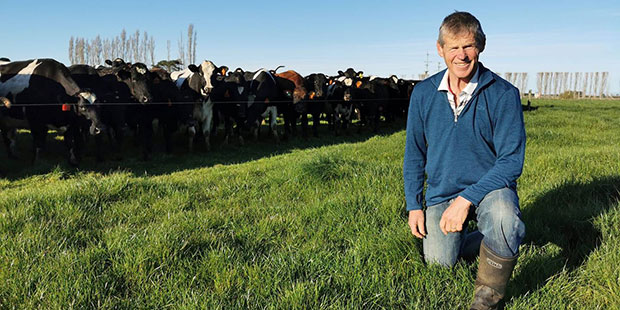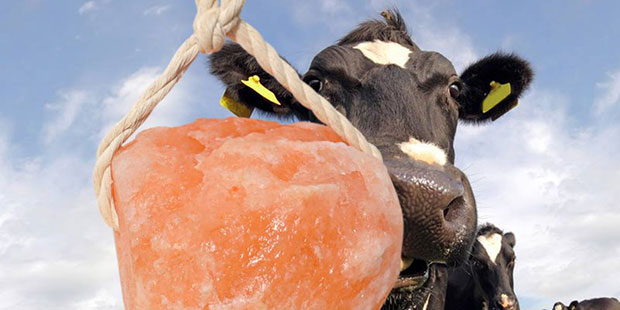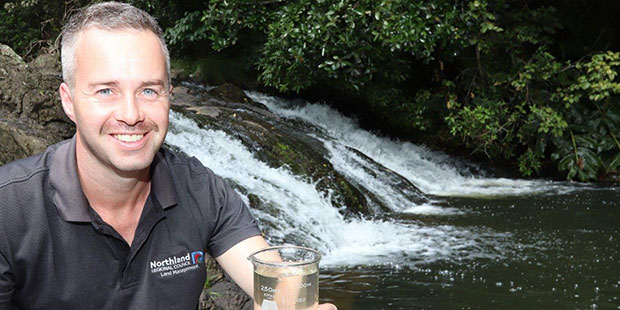How salt could help our fresh water
Feeding cows a little more salt may have a big pay-off for healthy rivers.
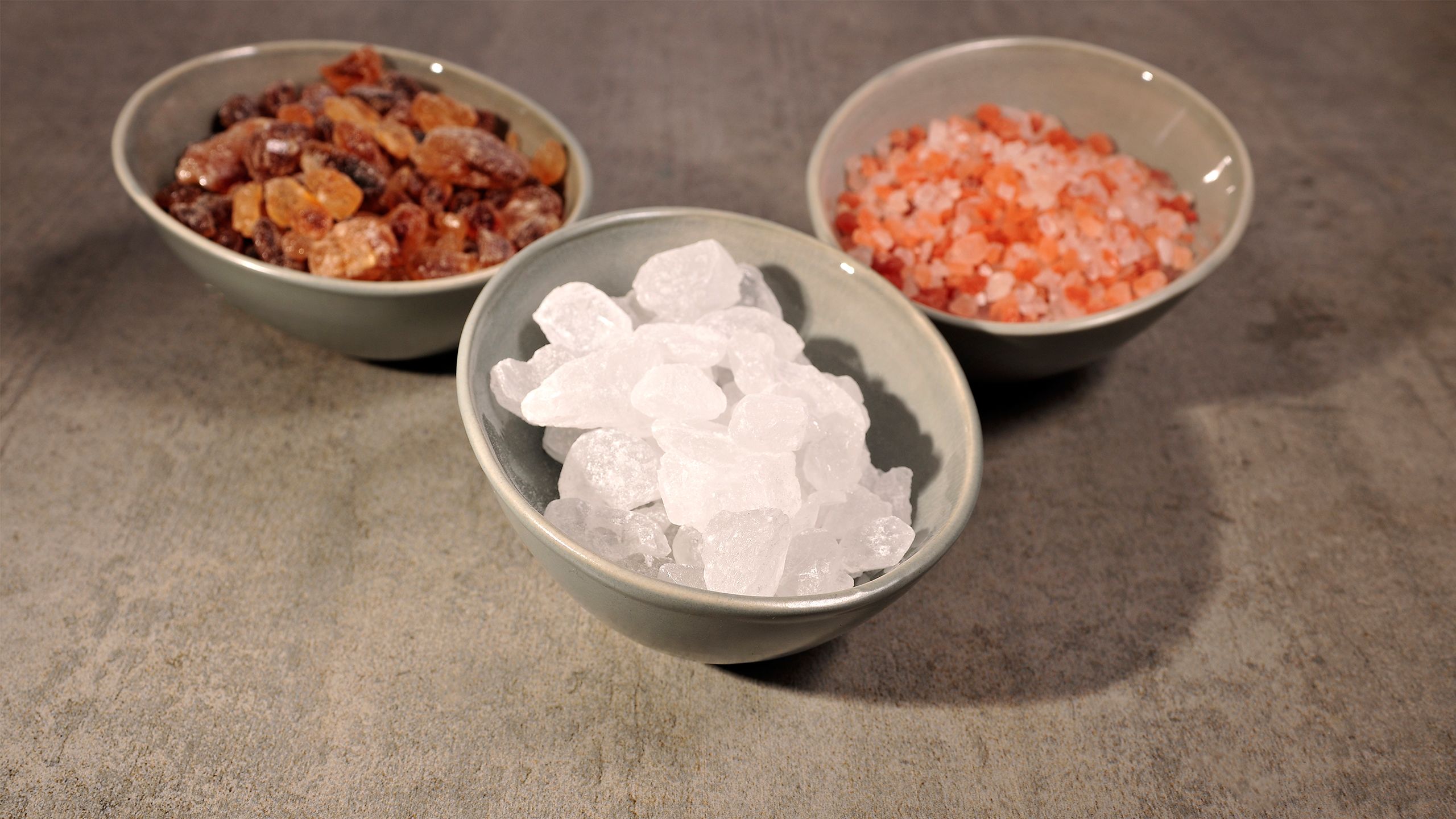

A familiar condiment at Kiwi dinner tables - salt - may soon play a part in helping clean the country’s rivers, lakes and other waterways.
Award-winning AgResearch scientist Dr Stewart Ledgard says trials have shown that adding salt to the diet of cattle has the potential to reduce nitrate leaching into rivers and waterways from farm pasture by up to 20 per cent.
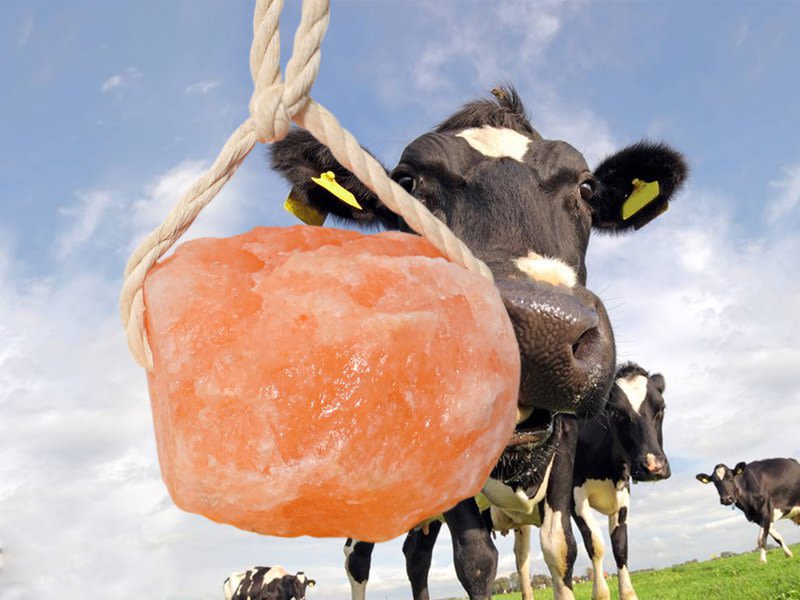
Salt lick for cows. Image / Supplied.
Salt lick for cows. Image / Supplied.
It’s well known that cows like salt – and farmers have been providing salt licks for mineral supplementation to promote cow health. Now comes the discovery that salt may have additional benefits for our waterways.
“It acts as a diuretic and spreads urine around more widely. This reduces the nitrogen load in urine patches resulting in more pasture uptake and less leaching,” he says. “It is a low-cost option that can be fed to animals through silage, drenching or being put into feed troughs.”
Ledgard, who was recognised last year with a Lifetime Achievement Award at the 2020 Science New Zealand Awards, says the use of salt was first trialled with beef cattle near Taupo, an area that tends to have low levels of natural sodium.
He says research shows it has the potential to be effective in animals across most of New Zealand. Researchers are fine-tuning guidelines for farmers on how best to use and apply salt and working to ensure it use has no health-related issues for animals.
But Ledgard says even if ultimately used by some farmers, it will be just another tool available to combat nitrate leaching into the country’s waterways: “There is no one single mitigation and farmers will build in whatever solutions work best for them.”
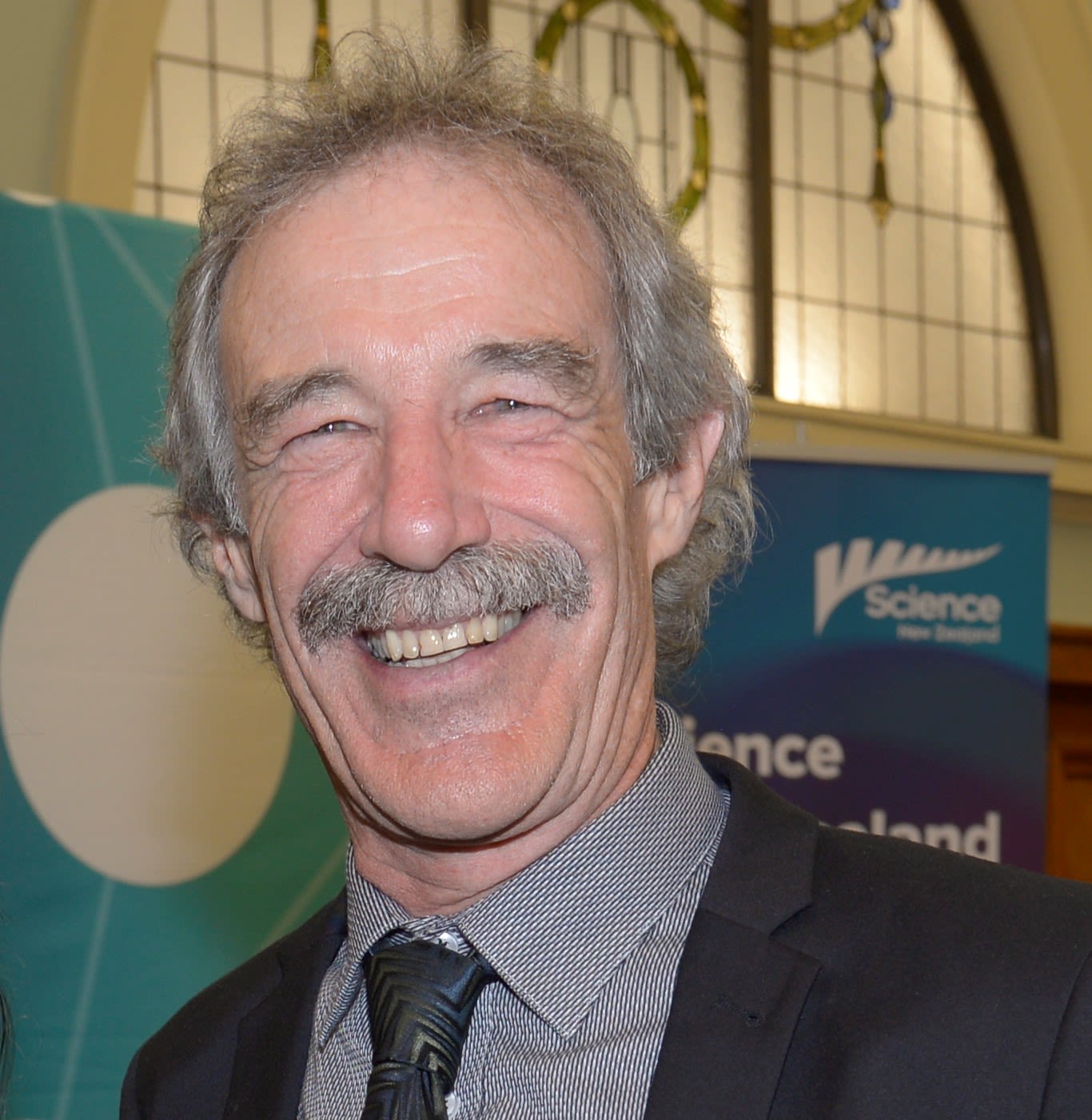
Stewart Ledgard. Photo / Supplied.
Stewart Ledgard. Photo / Supplied.
Ledgard, who received his award primarily for his work over 40 years in soil research, has in recent years also turned his attention to looking at ways to limit nutrient loading in the country’s waterways.
He has recently led research with another AgResearch scientist Andre Mazzetto in a DairyNZ-commissioned study which, in an analysis of 55 per cent of global milk production, found that New Zealand has the lowest dairy carbon footprint in the world with carbon emissions 48 per cent less than the average for the 18 other countries studied.
In the early 2000s, Ledgard worked with farmers and policy-makers on the issue of nitrogen leaching into Lake Taupo and is currently part of a team investigating options for combating the problem in the neighbouring Rotorua Lakes catchment.
Two of the district’s largest and most well-known lakes, Rotorua and Rotoiti, have relatively high levels of both nitrogen and phosphorus flowing into their water, the result of both natural and land-use factors according to a 2020 Ministry for the Environment report.
An Environment Bay of Plenty document says “too many nutrients” are flowing into the lakes from a variety of sources including erosion, fertiliser, animal waste and geothermal.
“There is no single cause, all activities contribute,” the document says. “These nutrients (nitrogen and phosphorus) feed algae growth which degrades water quality.”
Ledgard says he is just finishing a project on farms in the catchment to try to understand the level of leaching and the environmental implications of nutrient loss.
He says Rotorua has unique conditions: “The pumice soil is freer draining meaning nutrients drain through soil more freely while the district also has high annual rainfall, recording 2000mm or more a year compared to around 1200 in nearby Waikato.”
He says the use of salt is one of the solutions under consideration, while a towable machine nicknamed Spikey may also prove to be another effective tool. ‘Spikey’ rolls through a paddock where its spikes make contact with the soil to detect urine patches. These are immediately sprayed with NitroStop, a chemical which locks nitrogen in the soil reducing losses to the environment as both leachate and greenhouse gas known as nitrous oxide.

"Spikey" device. Photo / Supplied.
"Spikey" device. Photo / Supplied.
As a result of this work in nitrogen management and mitigations over the past decade Ledgard has been involved in field days with farmers in the catchment to discuss the various options and honing recommendations for future farm management practices.
He believes that overall New Zealand farmers are doing well and believes the country’s ability to manage nutrient loss has matured in the past 10 years. “As a result of regional council focus across many catchments over this time (especially in the Waikato, Canterbury and Southland) farmers now have a better understanding about the factors that drive nutrient loss.
“The result is the vast majority of farmers are aware of the constraints around farm practices, have knowledge about the issues and are focused on the more efficient use of fertilisers. It has given them practical solutions so they know where they sit,” he says.
On dairy farms in particular Ledgard believes many mitigating measures put in place have counteracted the increased intensification and production that has taken place in the industry in recent years.


